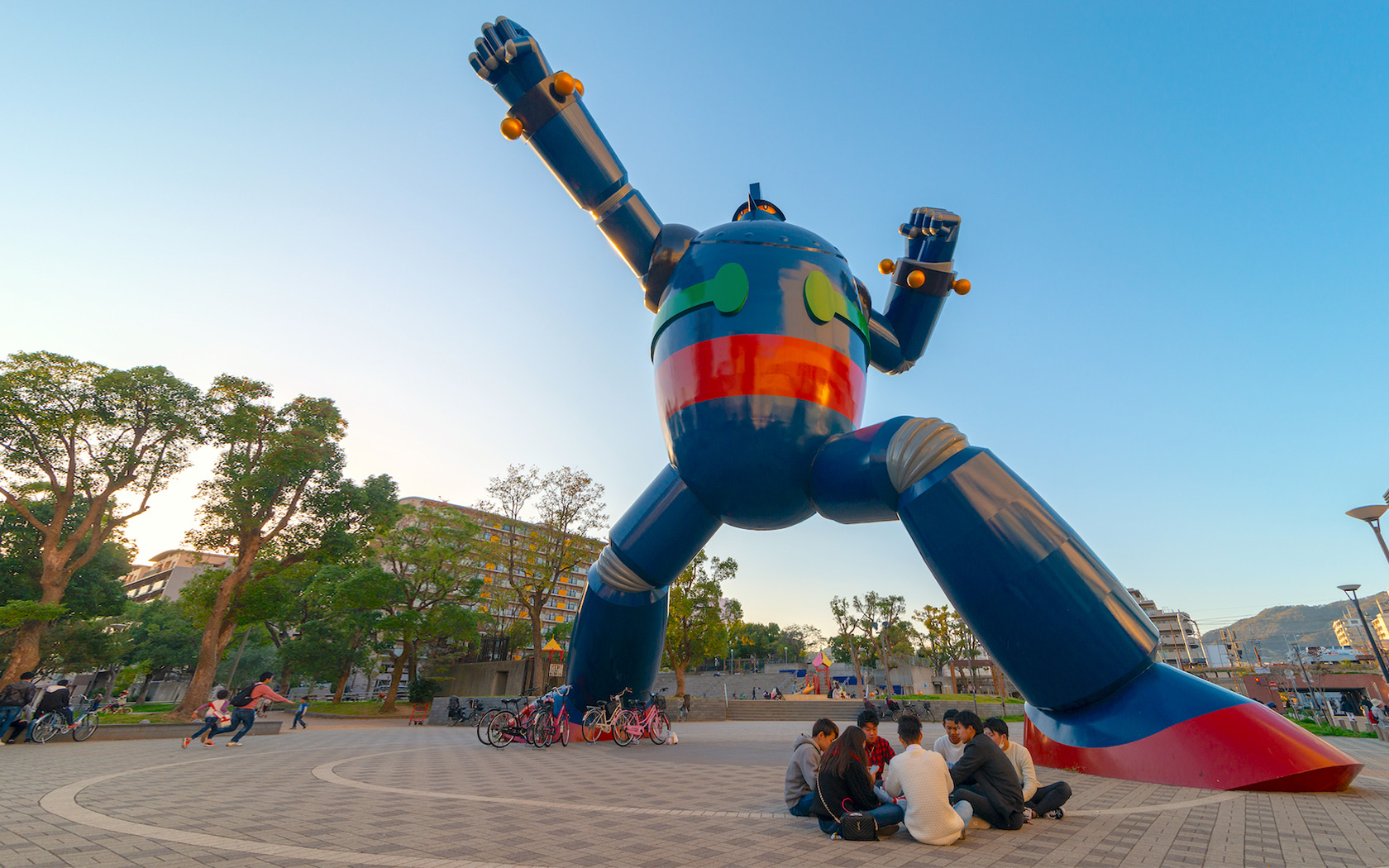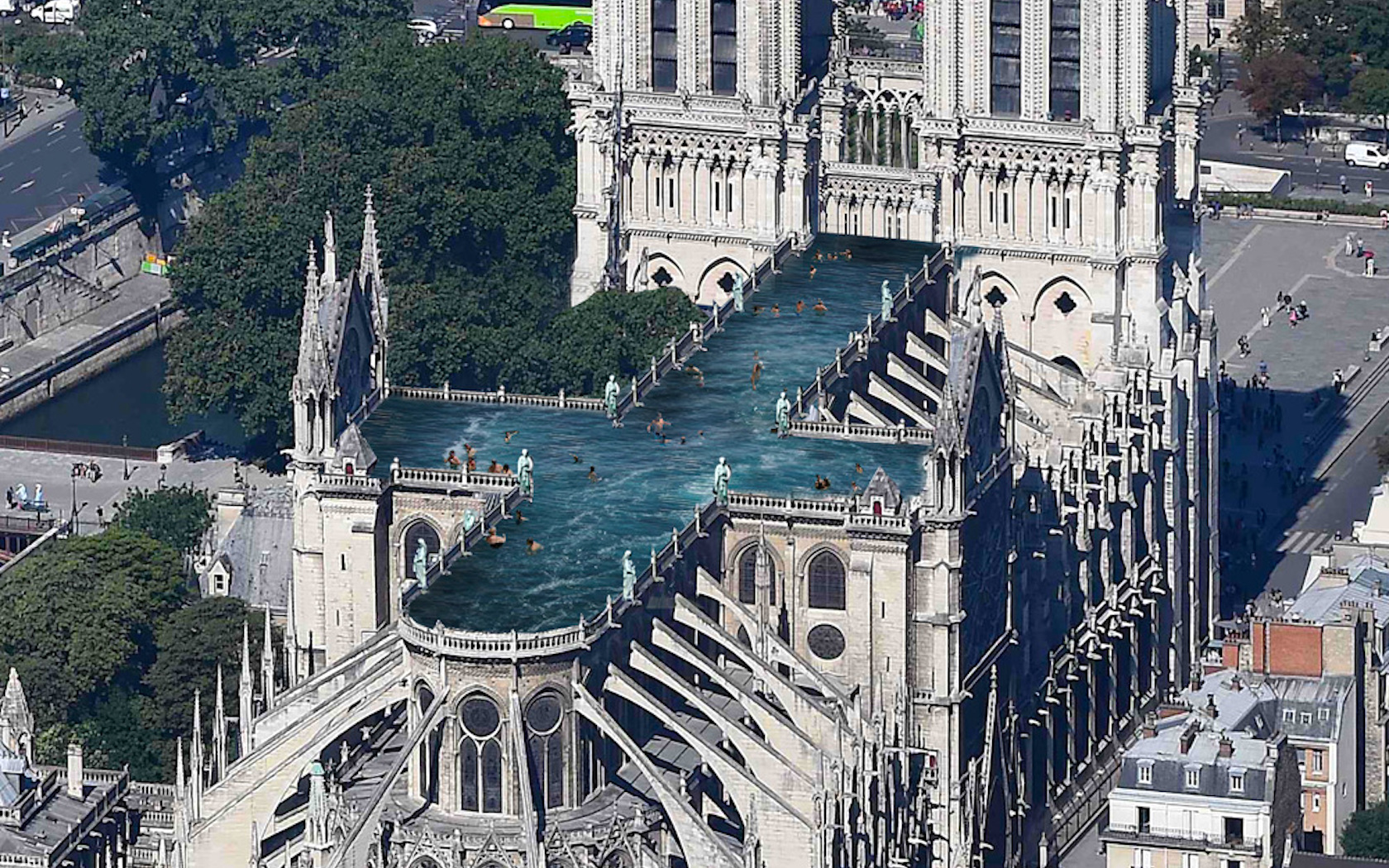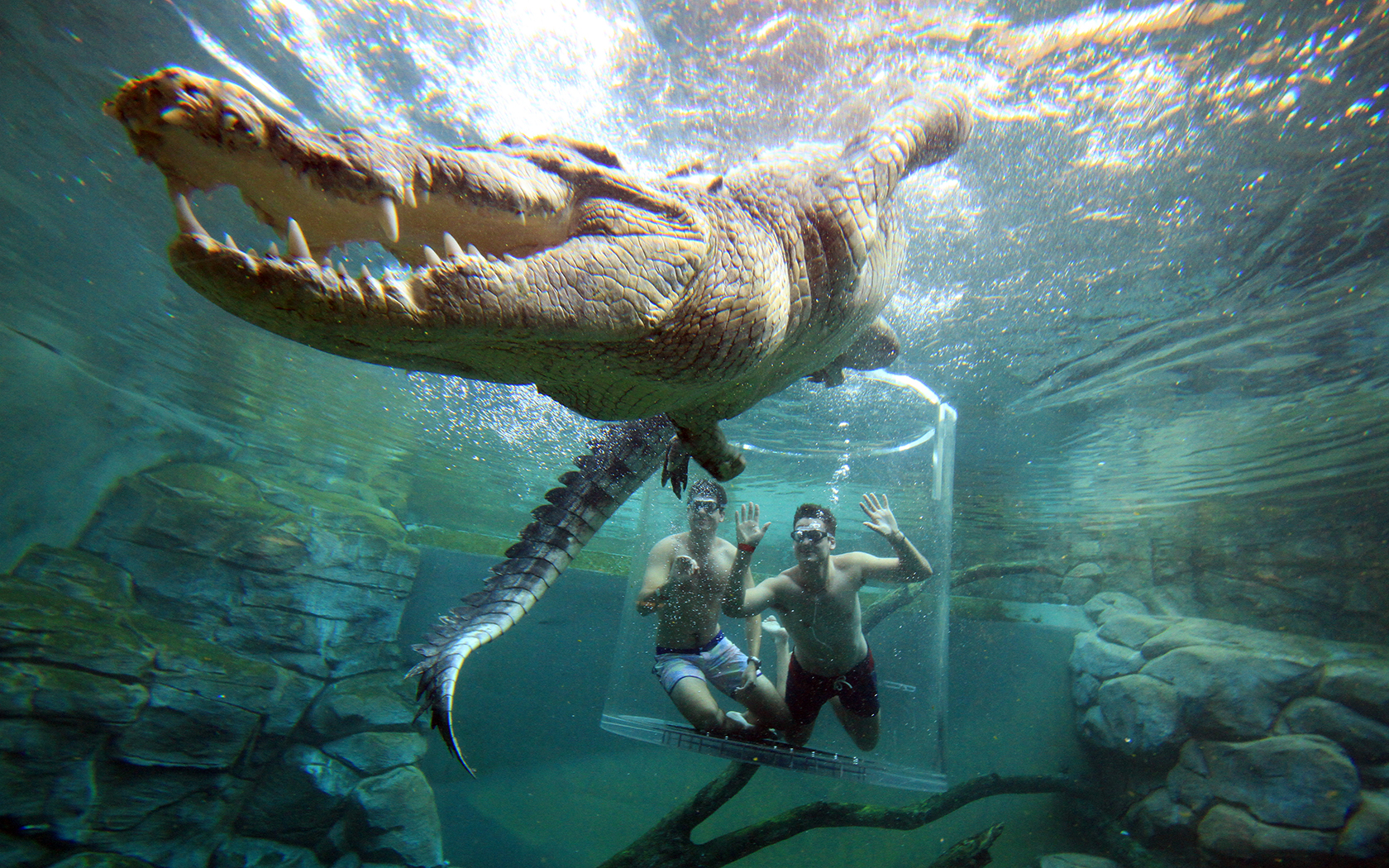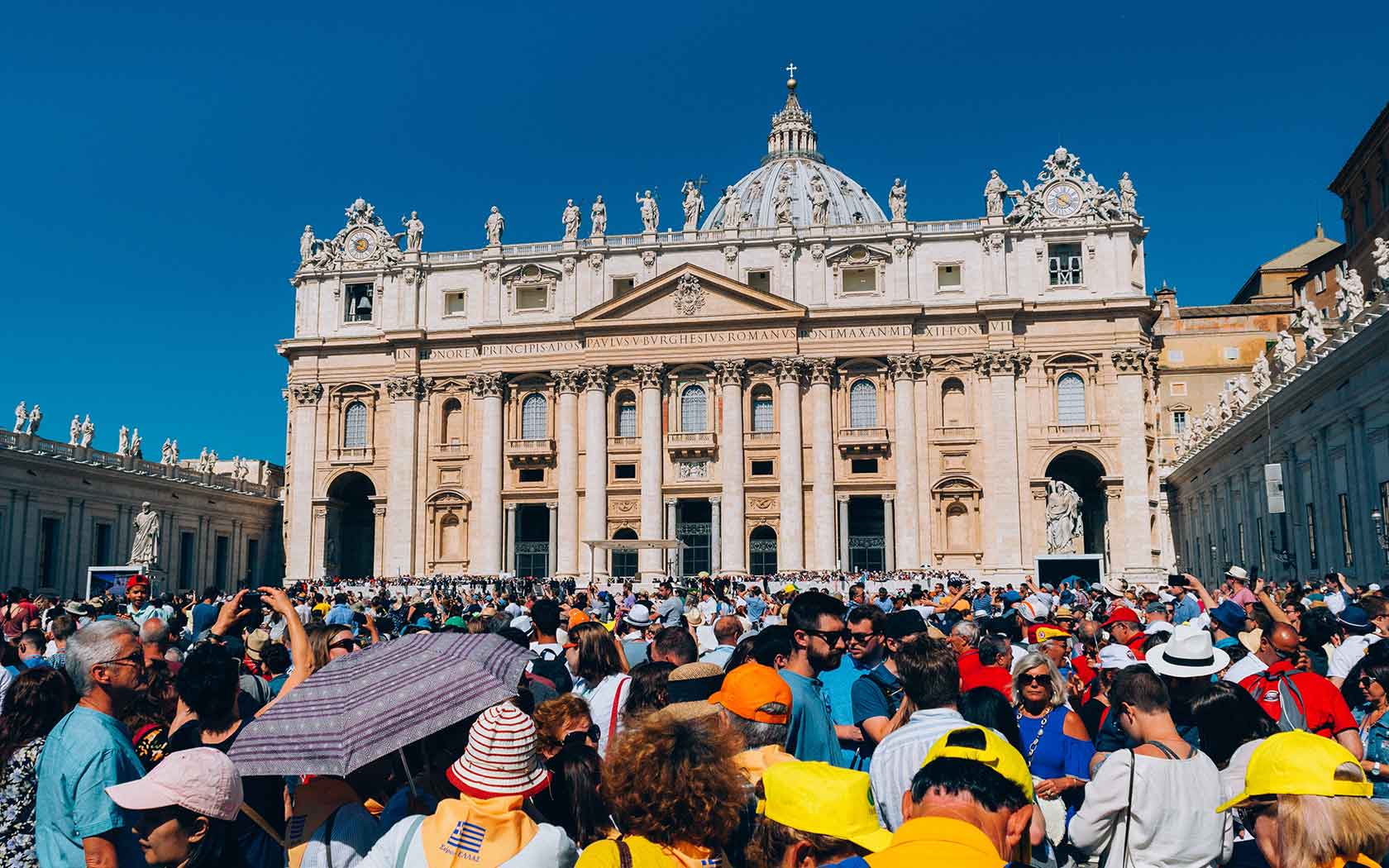Five Tips For Seeing The Northern Lights From Someone Who’s Done It
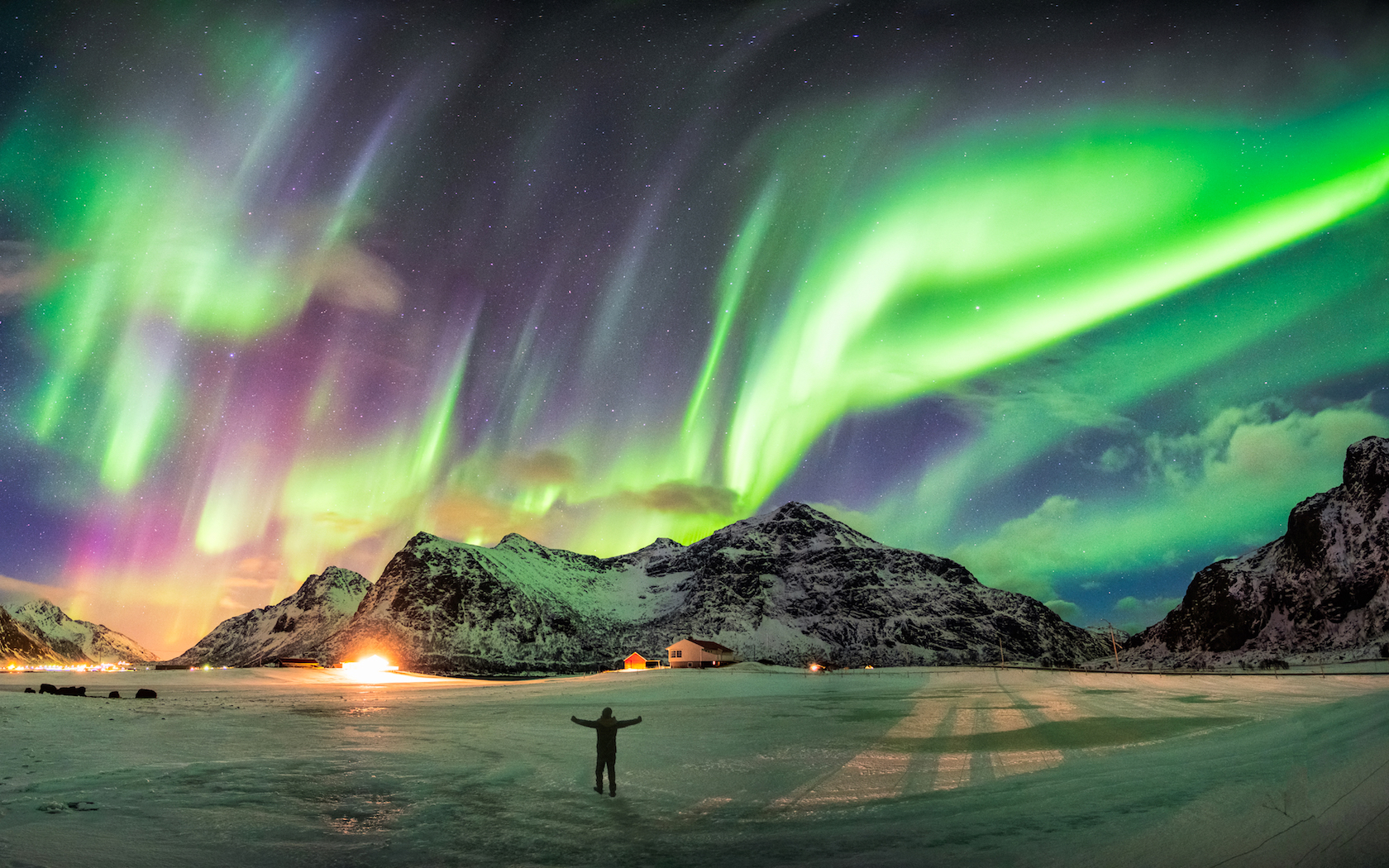
Come European winter, it’s almost a given that you’ll see photographic evidence of everyone ticking off that essential bucket list item: the Aurora Borealis, aka the Northern Lights. Only a natural phenomenon this spectacular could force droves of sun-seeking Australians up north into temperatures we can barely even get our heads around.
[related_articles]65510,55739[/related_articles]
How can you see the Northern Lights?
But what you obviously don’t see pics of is everyone who wasn’t so lucky – and there are way more of them than Instagram would let you believe. The northern lights are elusive, so it’s not enough to just book a few nights in Scandinavia and wait for the sky to change overhead. But after a month spent hunting the northern lights in rural Finland (successfully!), I have the five essential tips to maximising your chances of a sighting.
Tip 1: Get to know the KP Index and go way, way north
If you only learn one thing about finding the northern lights, make it this: the Kp Index.
The Kp Index is a rating scale from zero to nine, and refers to the level of geomagnetic activity and the likelihood there’ll be visible lights near you. The higher the KP number, the stronger the aurora and the greater the chance of spotting it. You might also see KP predicted as a G number, like G3, which refers to a geomagnetic storm – the aurora chaser’s holy grail.
[related_articles]38739[/related_articles]The Kp Index map should be your bible when picking your location. It divides the map of Europe into the Kp lines, so you can see where each rating falls across countries. If you look at a map like this one, you’ll see that almost all of Iceland is in Kp3, as is a chunk of Norway, Sweden and Finland, while southern parts of those countries are in the Kp5 region. Aim for Kp3 if you can, and absolutely no further south than Kp4, unless you count yourself really lucky.
Tromsø in Norway is one of the most popular Northern Lights destinations for this reason, as is Iceland, of course. But don’t rule out Finland, Sweden and even Greenland. Then keep in mind that just because the Aurora can be visible from that location, it doesn’t mean it’ll be right overhead. In my experience, it moves around a lot, so get yourself to a hill, open field, beach or anything that gives you a clear view north.
Tip 2: Time it right
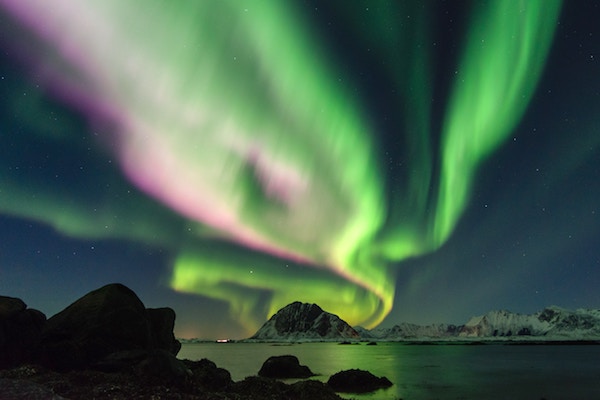
This is a winter activity for a reason. Auroral activity happens year-round, but it only really becomes the visible northern lights from September to April, when northern Europe is plunged into darkness for a huge chunk of the day. It’s apparently strongest at the equinox times of February to March and September to October.
Once you’re officially on location, get ready between 8pm and 2am, but be prepared to spend a lot of time outside. The aurora is often visible for 15 or 30 minutes at a time, but it often comes back, so it’s really easy to miss. I learnt that the hard way.
Tip 3: Book a long trip
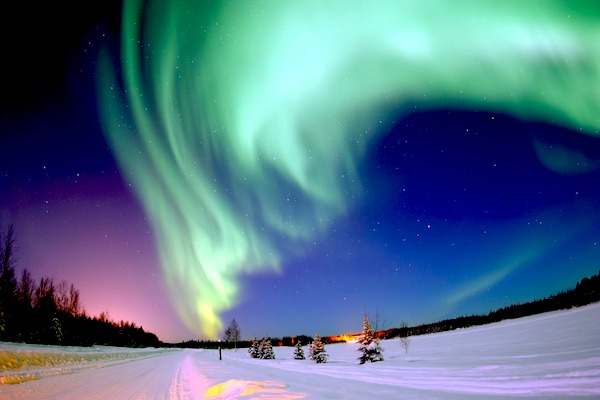
The lights are unpredictable at the best of times, then to top it off, they’re really affected by the weather. You could turn up for a four-day stint in Reykjavik to find cloudy weather and a chance of spotting the lights that’s around zero percent. There’s no rule on how long to stay – again, unpredictable – so it’s all about your inclination, budget and annual leave.
On the plus side, it’s a spectacular part of the world, lights or no lights. You’ll definitely be able to fill your days with snowmobile trips, husky sledding, thermal pools or even a visit to Santa.
Tip 4: Go wild to see the Northern Lights
Light pollution is the natural enemy of the Aurora Borealis, so they won’t come out to compete against city lights. It is absolutely possible to see them over towns, especially if you’re in the north where they’re stronger, but the best chances are to go out into the wilderness and wait outside away from any house or street lights.
You can book tours if you want a guide, but I can’t think of a better reason to book a wood cabin in the middle of the forest or those glass-roofed huts that have done the rounds on Facebook.
Tip 5: Harness the best tech
Apps with notifications, Twitter feeds with regular updates and bookmarked websites are pretty much essential all day every day. But once you’re outside, put your phone away unless you have a night mode app – even the lowest light from your phone will reduce your night vision and make it harder to see the aurora when it makes an appearance.
And don’t forget to sort out your camera settings. How else will everyone know you saw them?
Tip 6: Bring patience, luck and low expectations
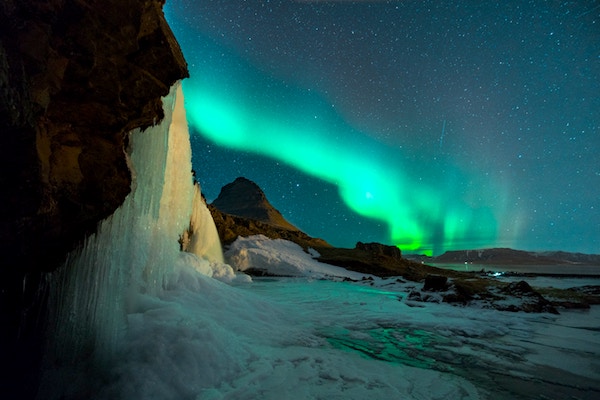
Northern lights hunting is a long game and there are sometimes no winners. Be prepared for long nights outside and a low level of what-if-we-came-all-this-way-for-nothing anxiety. Oh, and don’t forget warm socks.
[related_articles]51695[/related_articles] [qantas_widget code=HEL]Check out Qantas flights to Finland to begin your Northern Lights hunt.[/qantas_widget]



